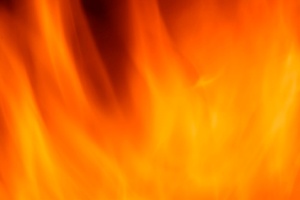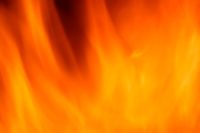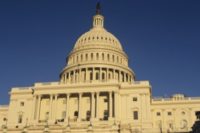 Investigators have determined an electrical failure igniting a nearby, dry Christmas tree caused the recent Annapolis mansion fire that killed four young children and their grandparents. In the wake of this tragedy, the National Fire Protection Association (NFPA) and the Electrical Safety Foundation International (ESFI) are joining forces to educate the public about the danger of dried out Christmas trees and the importance of electrical safety.
Investigators have determined an electrical failure igniting a nearby, dry Christmas tree caused the recent Annapolis mansion fire that killed four young children and their grandparents. In the wake of this tragedy, the National Fire Protection Association (NFPA) and the Electrical Safety Foundation International (ESFI) are joining forces to educate the public about the danger of dried out Christmas trees and the importance of electrical safety.
Christmas tree fires in January
“The longer Christmas trees remain in the home, the more likely they are to dry out and become a fire hazard,” said Lorraine Carli, Vice President of Outreach and Advocacy for NFPA. “In fact, nearly 40 percent of U.S. Christmas tree fires occur in January, which emphasizes the importance of promptly removing them after the holidays to mitigate the risk of a home fire.”
The 15-foot tree had been cut two months earlier, and the dryness of the Christmas tree allowed the fire to quickly spread and engulf the home.
Although uncommon, Christmas tree fires are disproportionally fatal. On average, one of every 40 reported home fires that began with a Christmas tree resulted in a death, compared to an average of one death per 142 total reported home fires according to NFPA.
Electrical failures a factor
“Electrical failures are a leading cause of home fires and also cause one-third of all Christmas tree fires” said Brett Brenner, President of ESFI. “Most electrical fires can be prevented by having an electrician inspect your home if you have added major new appliances or devices to make sure it can handle the increased electrical load and by taking simple safety precautions.”
NFPA and ESFI are offering the following fire and electrical safety tips to help prevent similar tragedies in the future.
- When purchasing a live tree, check for freshness. A fresh tree will stay green longer and be less of a fire hazard than a dry tree.
- To ensure water absorption, cut 1-2 inches from the base of the trunk immediately before placing the tree in the stand. Water the tree immediately and daily while on display in your home.
- Heated rooms dry trees out more quickly and may require more frequent watering. Never place a tree closer than three feet to a heat source, such as a fire place or space heater.
- Dispose of Christmas trees when they begin dropping needles. Dried-out trees are a fire danger and should not be left in the home or garage, or placed outside against the home. Remove Christmas trees as soon as possible after the holidays.
- Do not overload outlets with too many devices or appliances.
- Consider having your circuit breakers replaced with arc fault circuit interrupters (AFCIs), which provide enhanced electrical fire protection by detecting dangerous arcing conditions.
- Routinely check cords, outlets, switches, and appliance for signs of damage. Do not use damaged electrical devices.
- Test your fire alarms monthly to ensure they are functioning properly. For optimal protection, smoke alarms should be interconnected so that they all sound if one sounds.
- Always buy electrical products and artificial trees that have been certified by a nationally recognized testing laboratory such as UL, CSA, or Intertek.
For more fire and electrical safety tips, visit www.nfpa.org and www.esfiorg. .
About the National Fire Protection Association (NFPA)
NFPA is a worldwide leader in fire, electrical, building, and life safety. The mission of the international nonprofit organization founded in 1896 is to reduce the worldwide burden of fire and other hazards on the quality of life by providing and advocating consensus codes and standards, research, training, and education.
About the Electrical Safety Foundation International (ESFI)
ESFI is dedicated exclusively to promoting electrical safety. ESFI proudly sponsors National Electrical Safety Month each May, and engages in public education campaigns throughout the year to prevent electrical fires, injuries, and fatalities in the home and the workplace.


